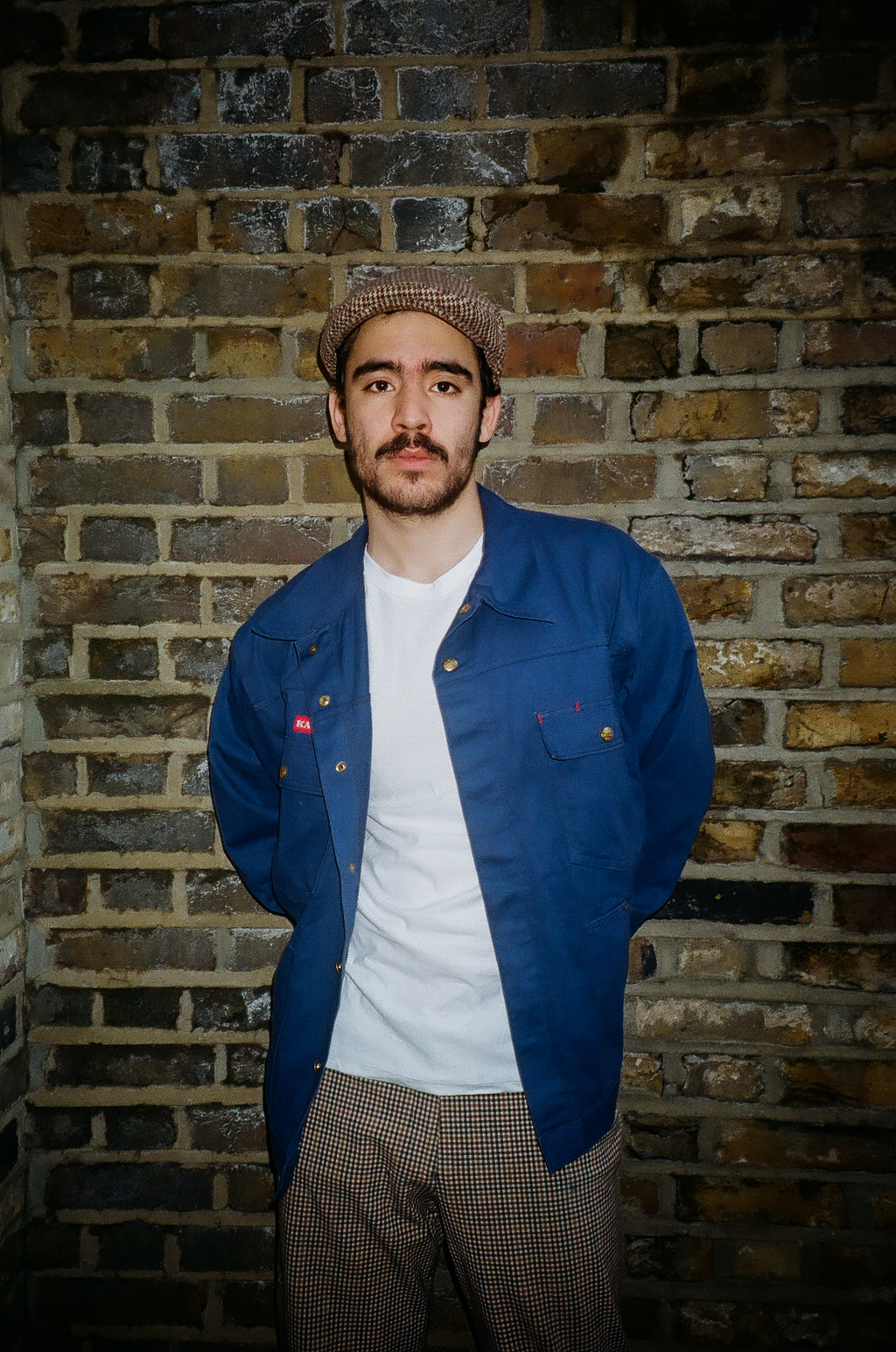“EveryBODY is beautiful and should be celebrated.”
Amy Boyd explores the way plus size women are able find self love and embrace their bodies through fashion.
What do you think of plus size? Fat, unhealthy and gross are all words associated with this term and it is apparent that bigger women do not fit into society’s expectations of the perfect woman. Magazine covers depict slim silhouettes, airbrushed skin, and immaculate bone structure; these qualities are envisioned as being flawlessly beautiful and it is something each and every woman both young and old desires to be. We have been conditioned from a young age to strive for the perfect image of ourselves and when you don’t feel you fit into these almost unobtainable factors we feel lost and unvalued.
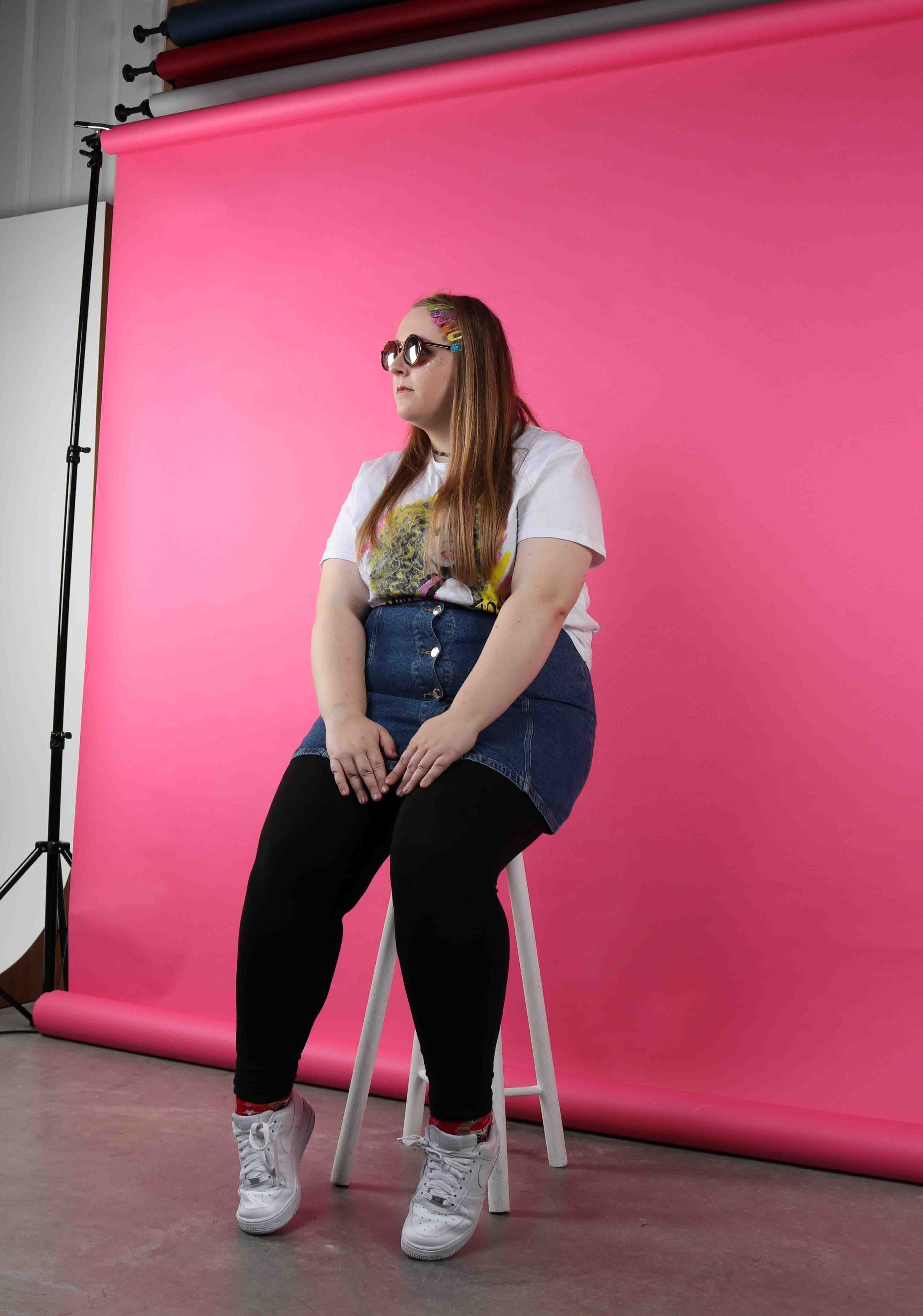 Speaking to Megan Scott a primary school assistant, 21 and Lisa Docherty a hair stylist 35 who have a combined age of half a century share their views on the taboo of being sizes 18-26 in 2018.
Speaking to Megan Scott a primary school assistant, 21 and Lisa Docherty a hair stylist 35 who have a combined age of half a century share their views on the taboo of being sizes 18-26 in 2018.
Do you think society’s views are changing towards plus size women?
Megan: “I do feel like society’s views are changing. I think social media is allowing women to accept their own bodies more and reassuring them that everyone has a different body shape and it is actually considered more unusual to be a size 0.”
what do you think the future will hold for plus size?
Megan: “I definitely think being plus size is going to become more accepted although I think it will always have a stigma attached to It.”
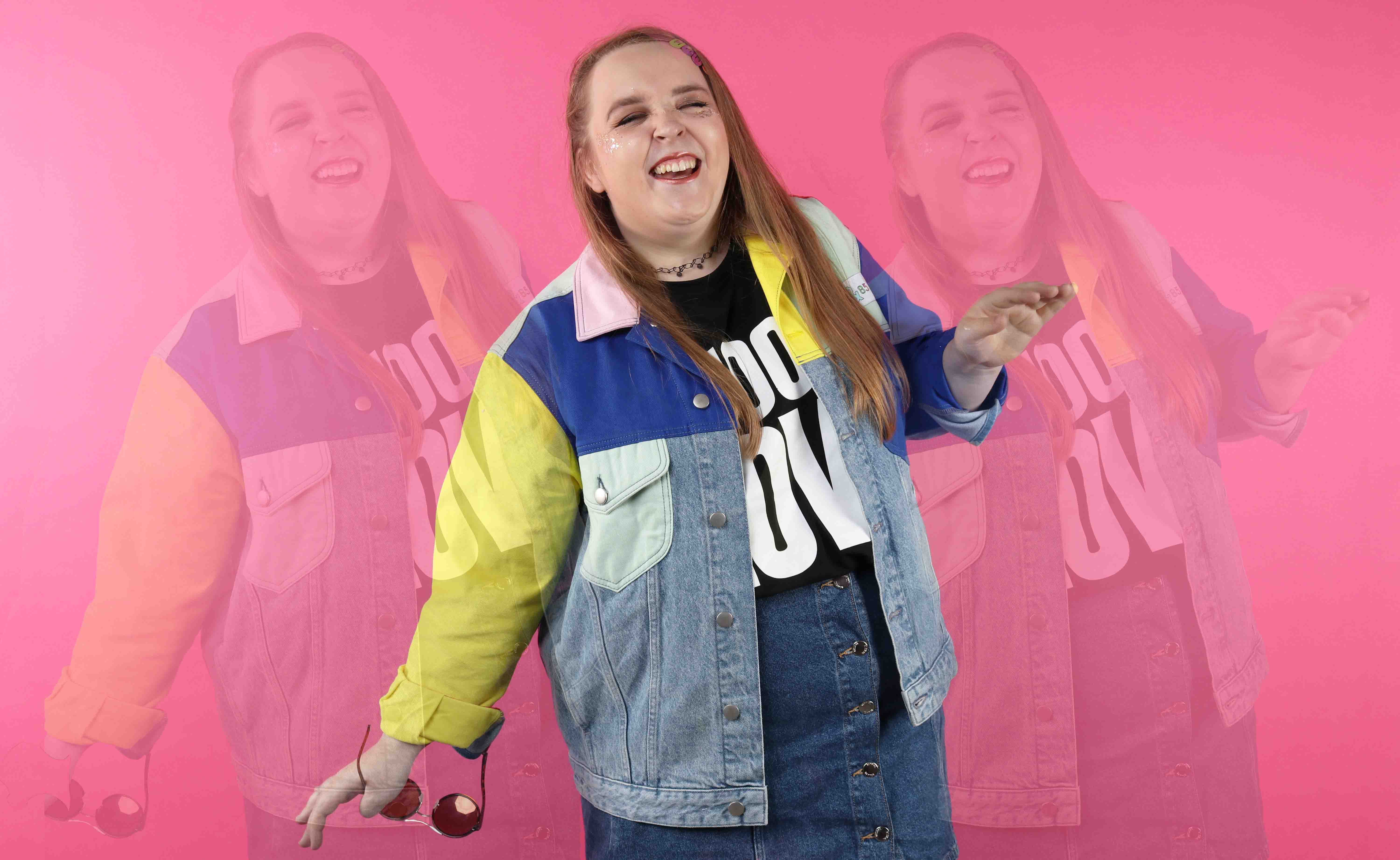
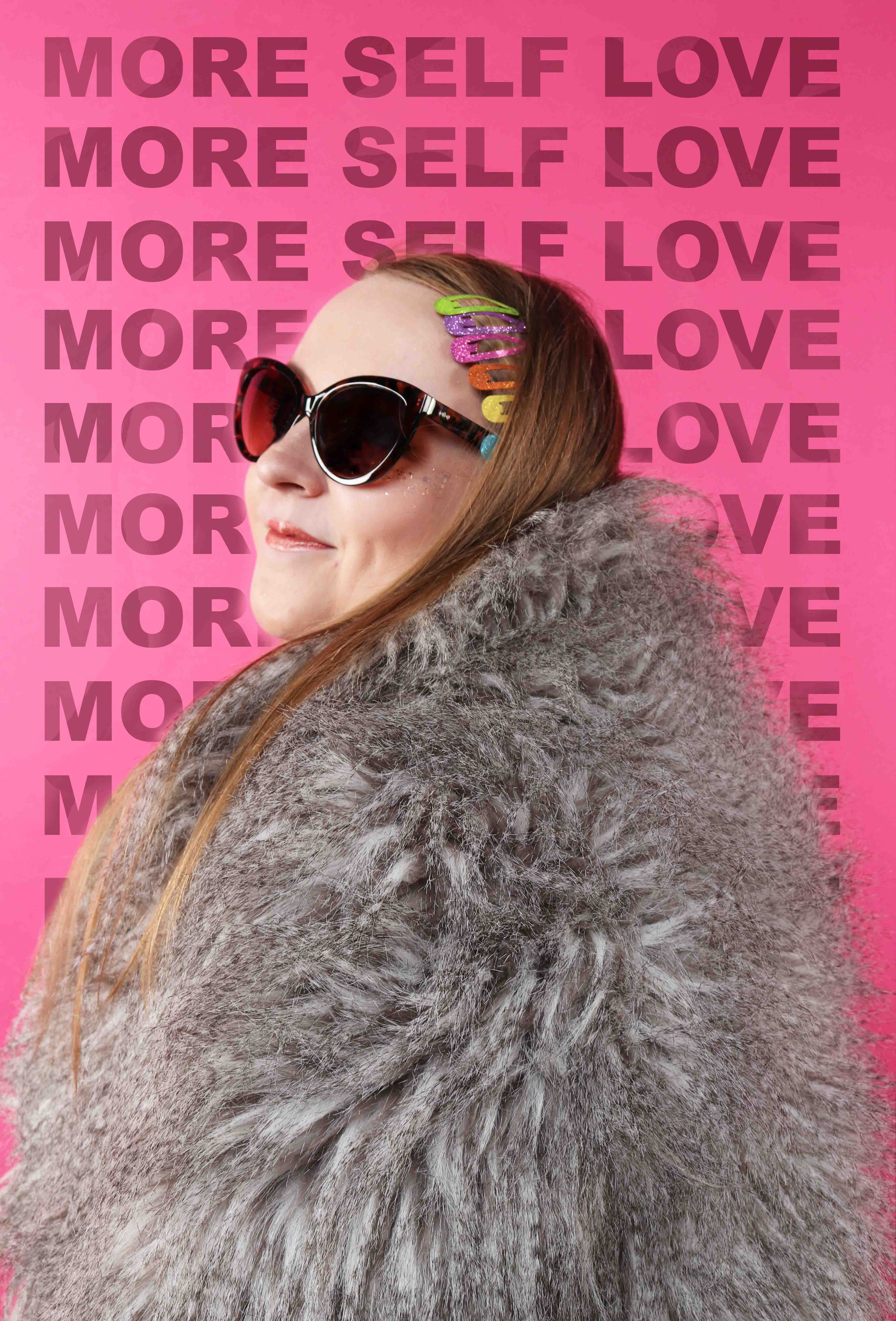
Do you think the misconception of plus size women can be altered through the means of social media?
Lisa: “I love the way Instagram empowers bigger girls. I’ve seen many plus size models and influencers show off their figures in a confident way and they aren’t afraid to wear whatever they want, Its amazing.”
How do you think plus size fashion is viewed by people outside of the size range?
Lisa: “it’s easy for people who are slim to have a negative opinion on curvy girls because that’s what society has taught us to believe. I think many people think it’s wrong to love your body and your imperfections, it’s kind of strange to associate the word beautiful with being overweight.”
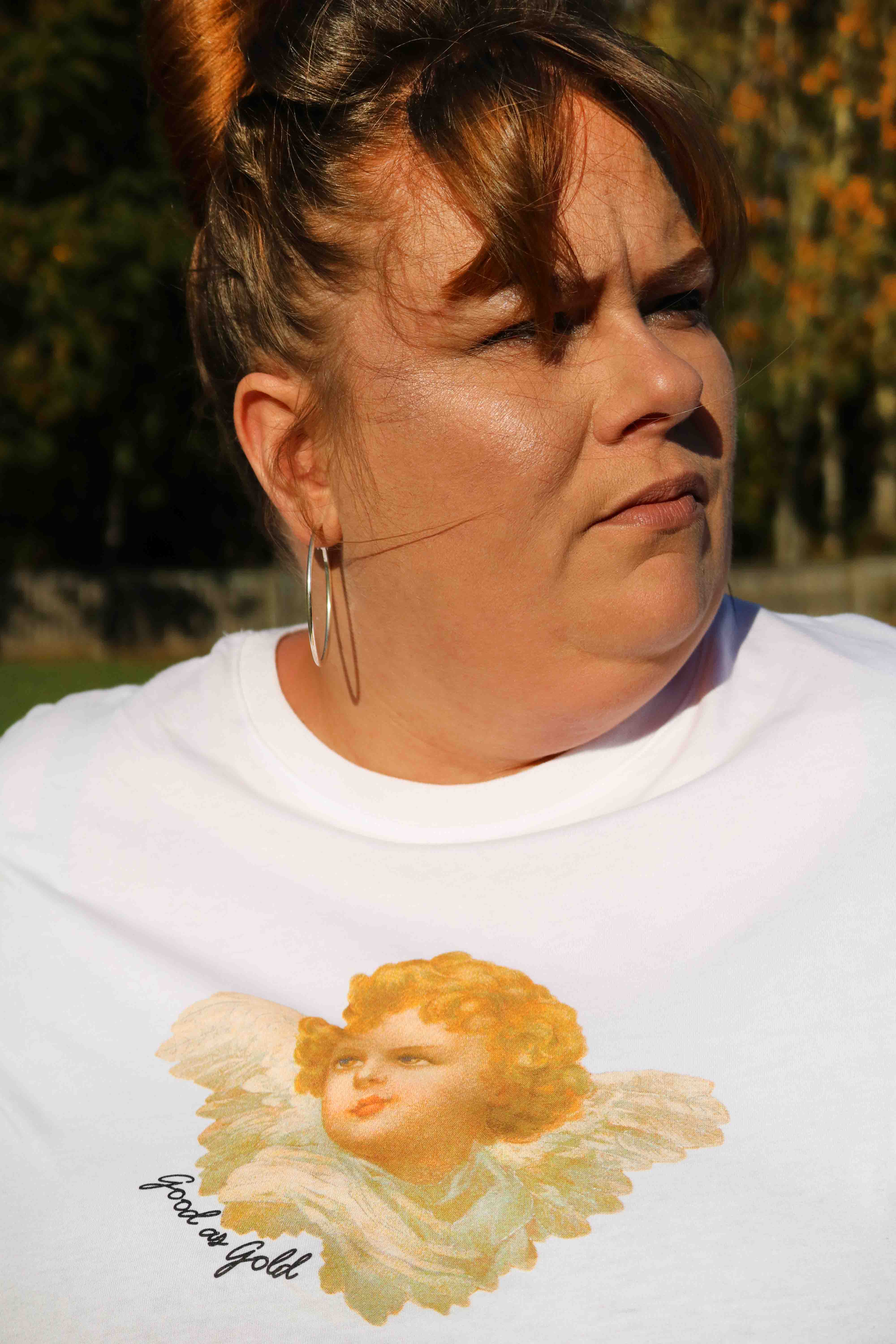
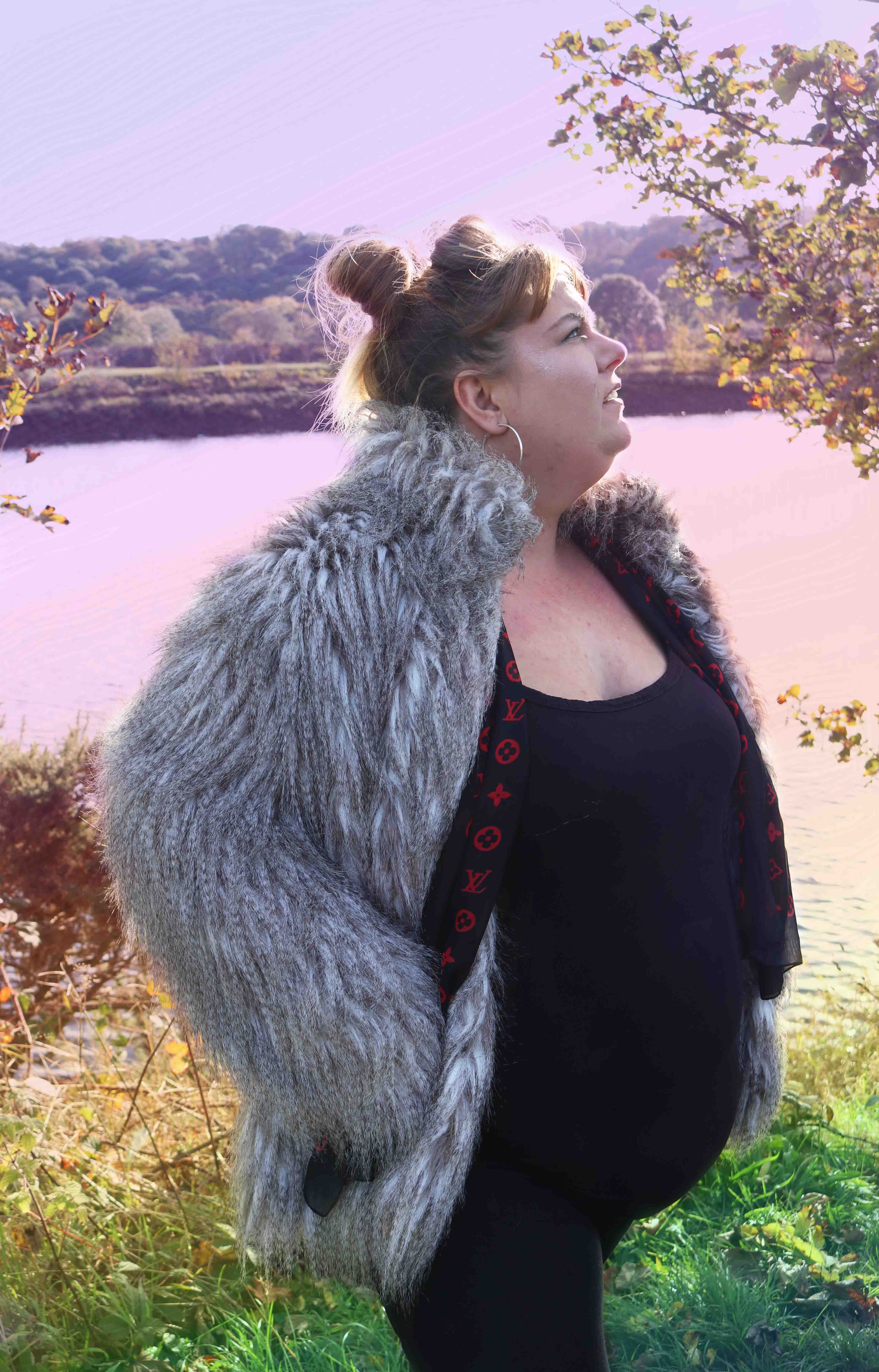
Do you think the fashion industry needs to focus more on a diverse range of body types and do you think it will have a positive or negative impact on the future of the industry?
Lisa: “Yes, it does. It should be about embracing everyone, imperfections and all. The world would be a boring place if everyone was the same. It will have a positive impact on the future of the industry because people will feel acceptance for who they are.”
It is refreshing to see a woman comfortable in her own skin and wearing whatever clothing she chooses then posting them freely on social media and spreading the message that every woman is worthy enough to respect her personal opinion and brave enough to juxtapose with the magazine covers we see on a daily basis.
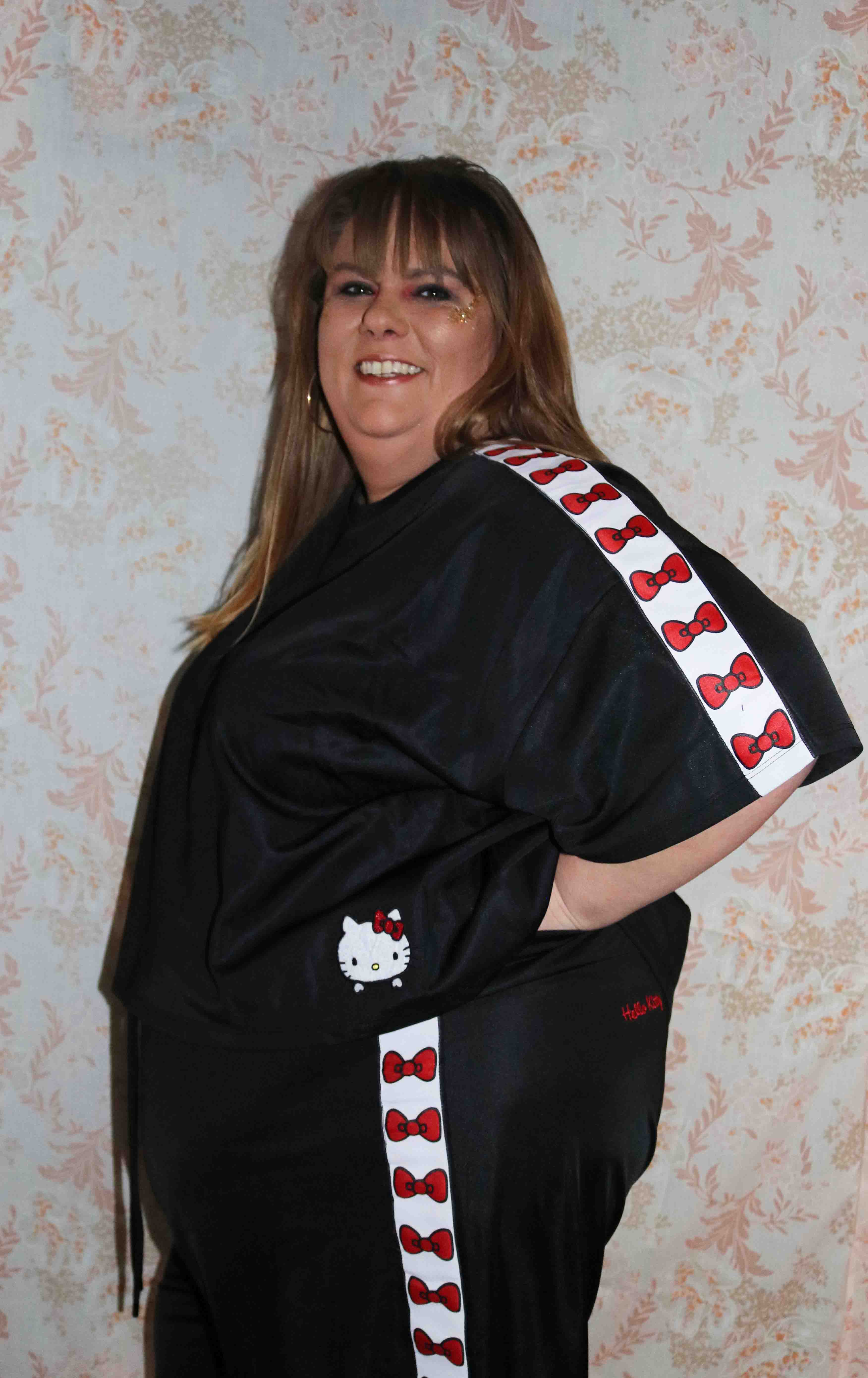
Photography/styling/direction/visuals/Interview by Amy Boyd (@amyboydphotog)

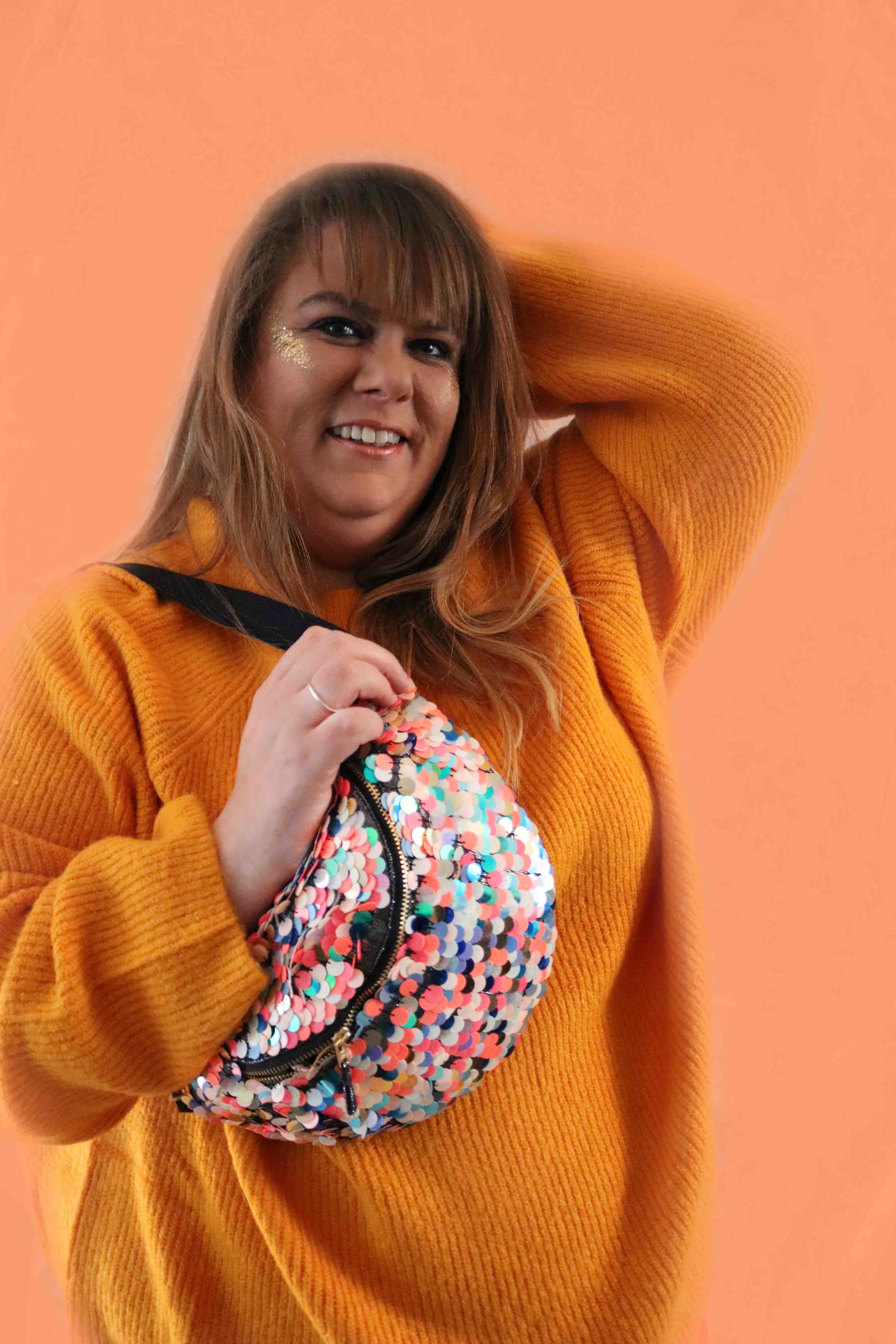
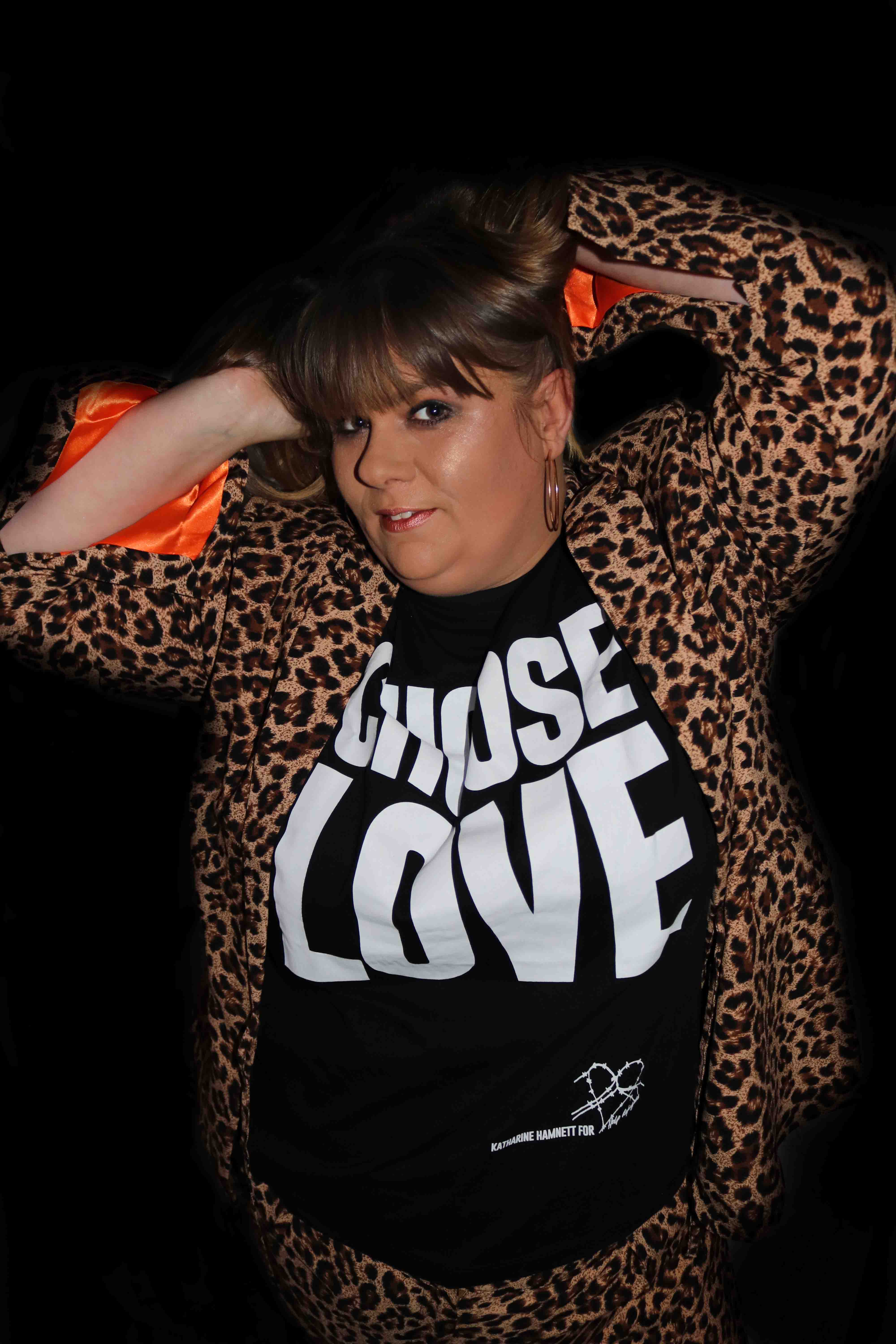
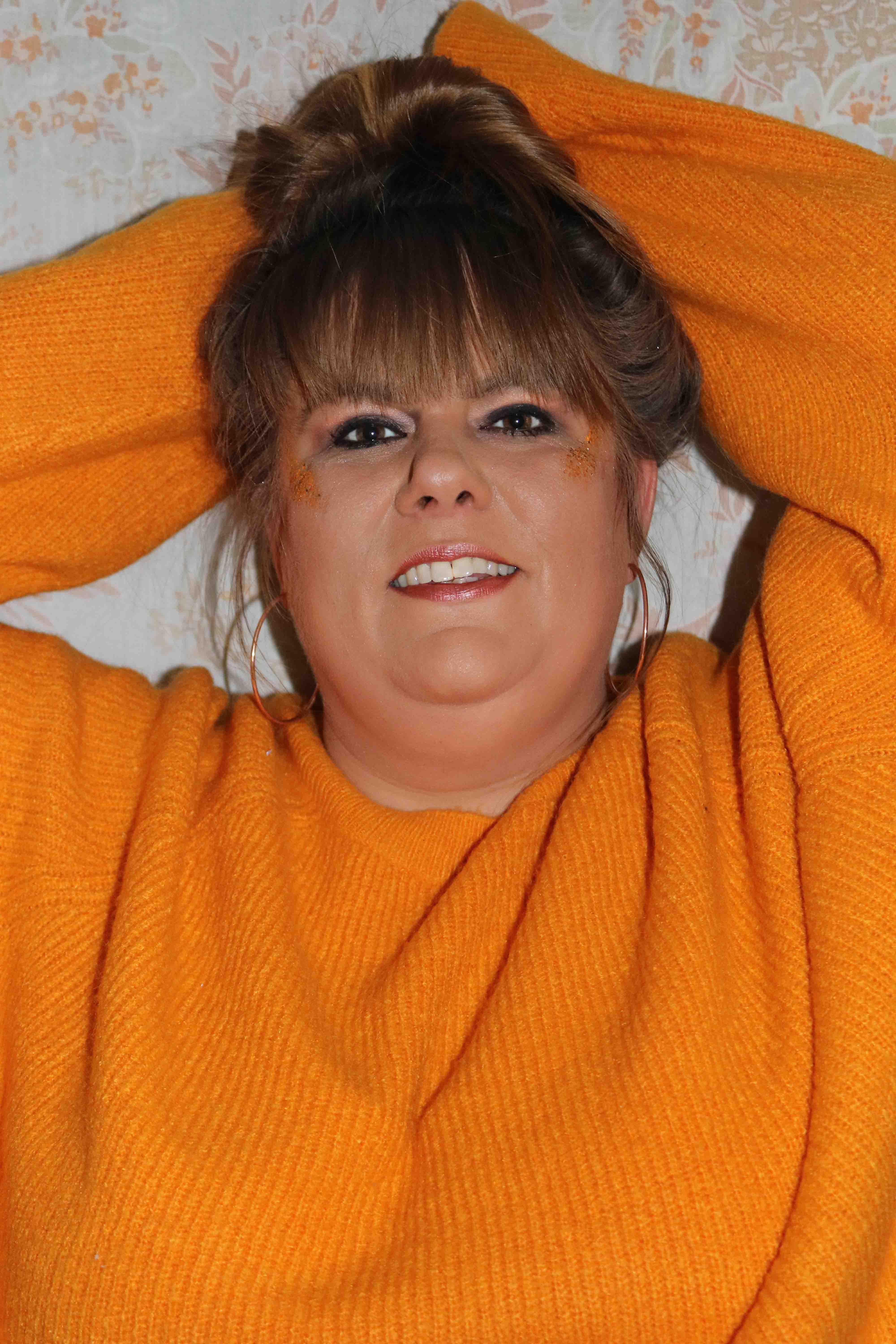



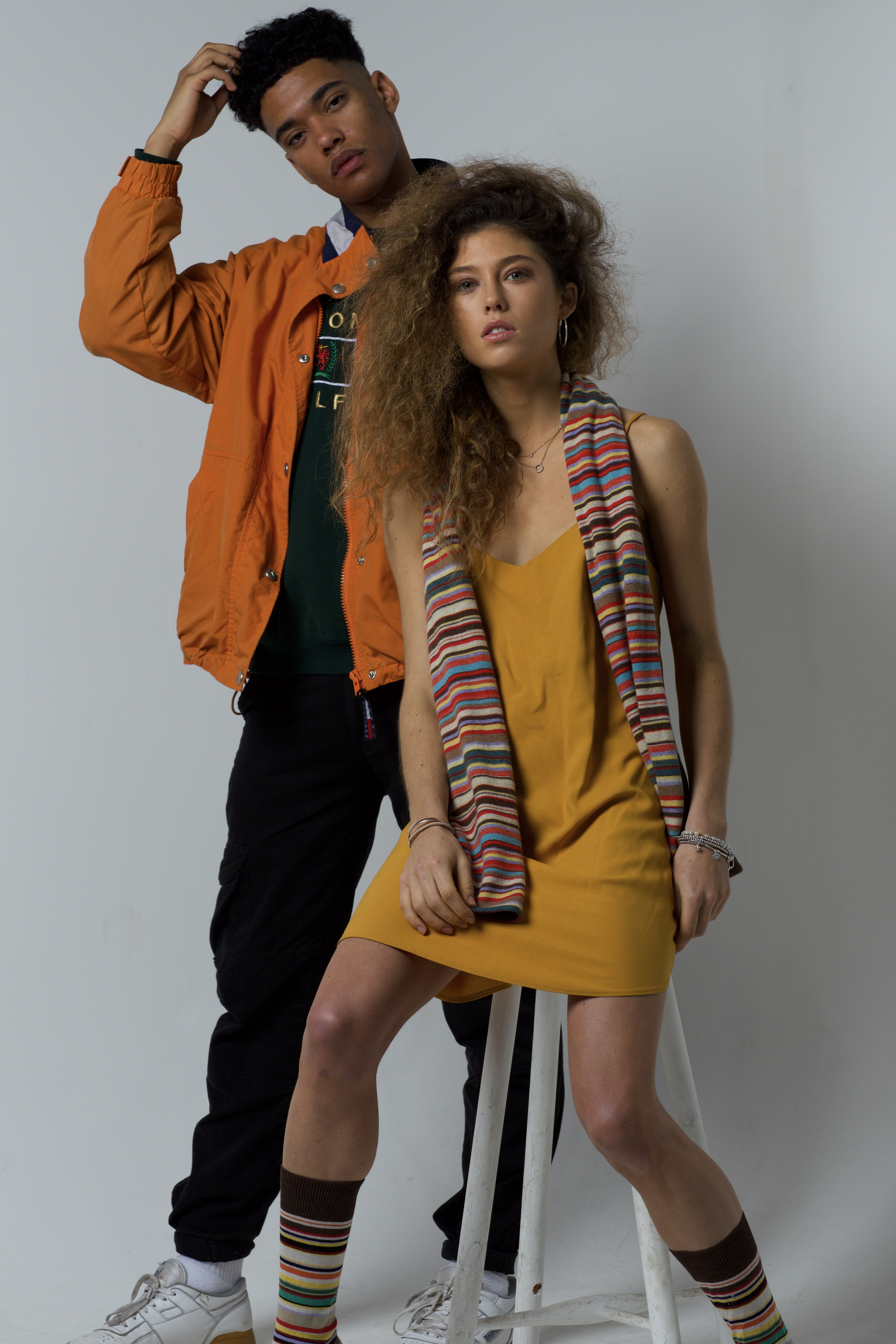
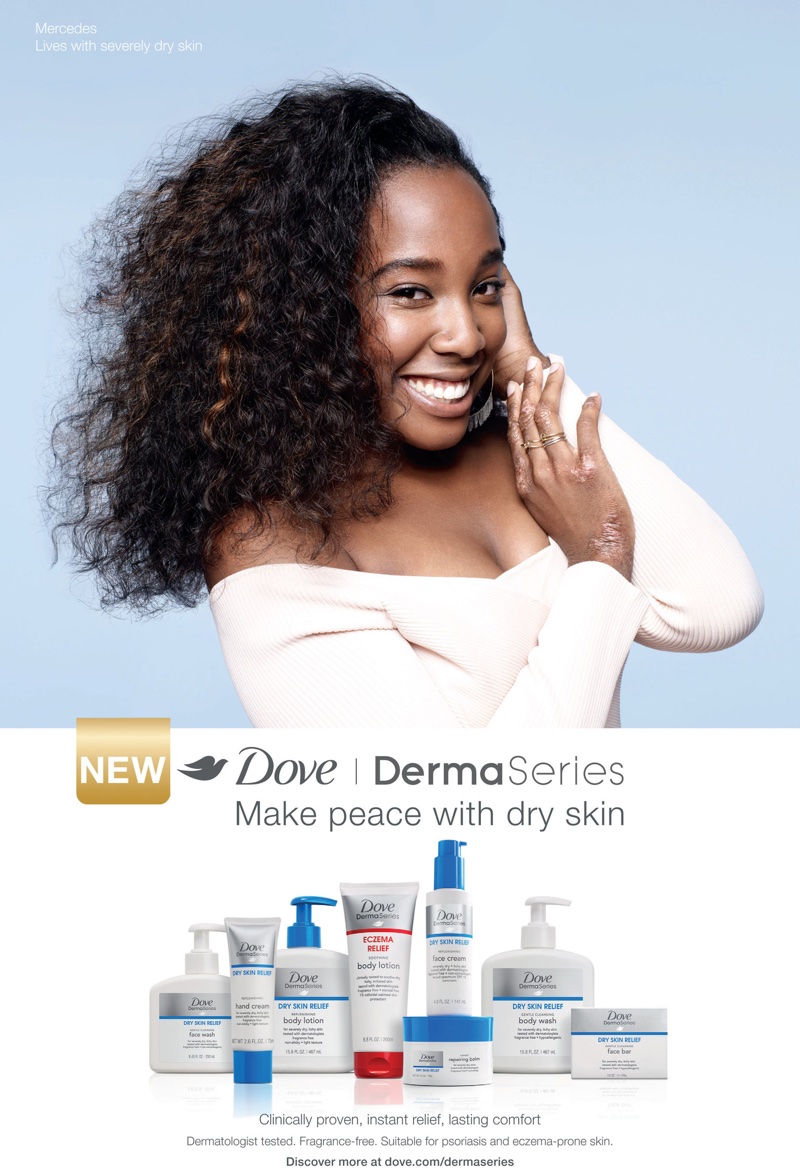
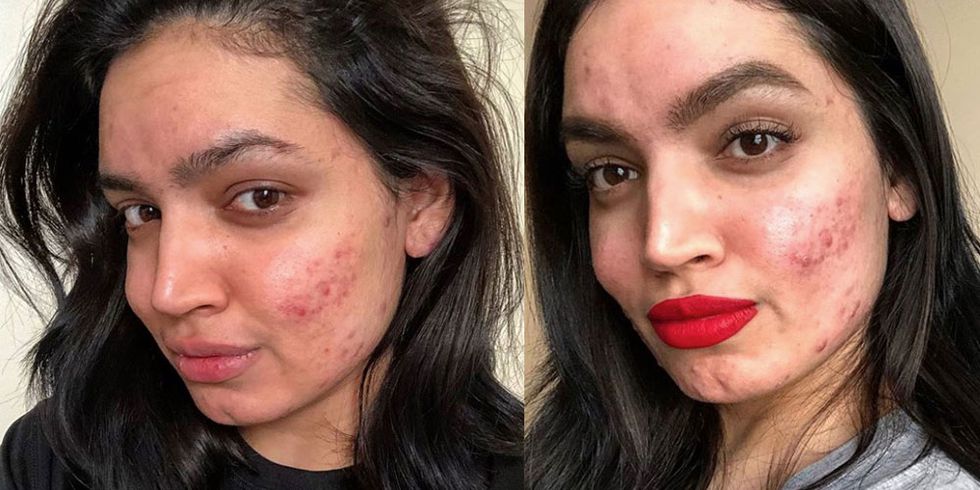
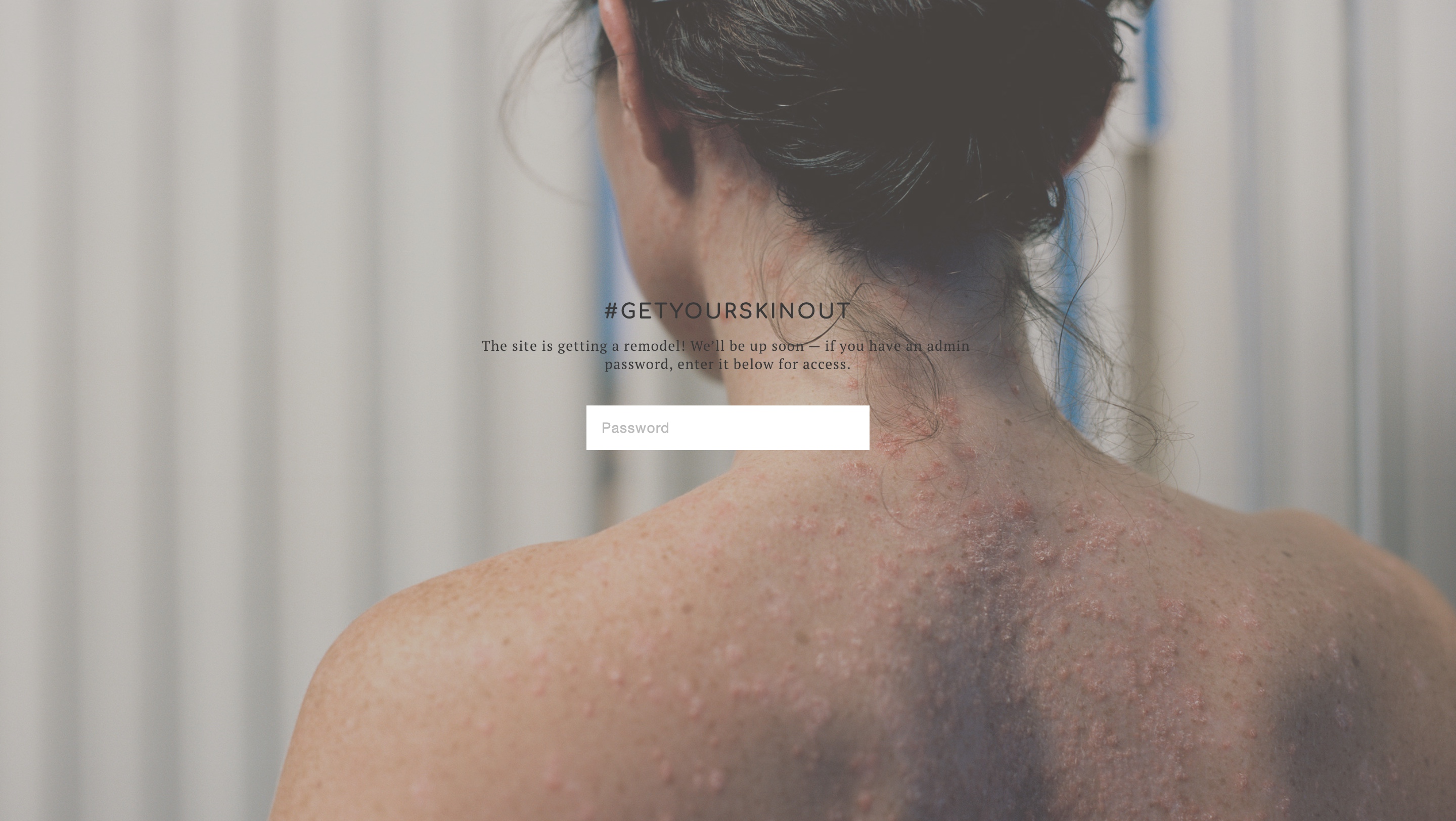
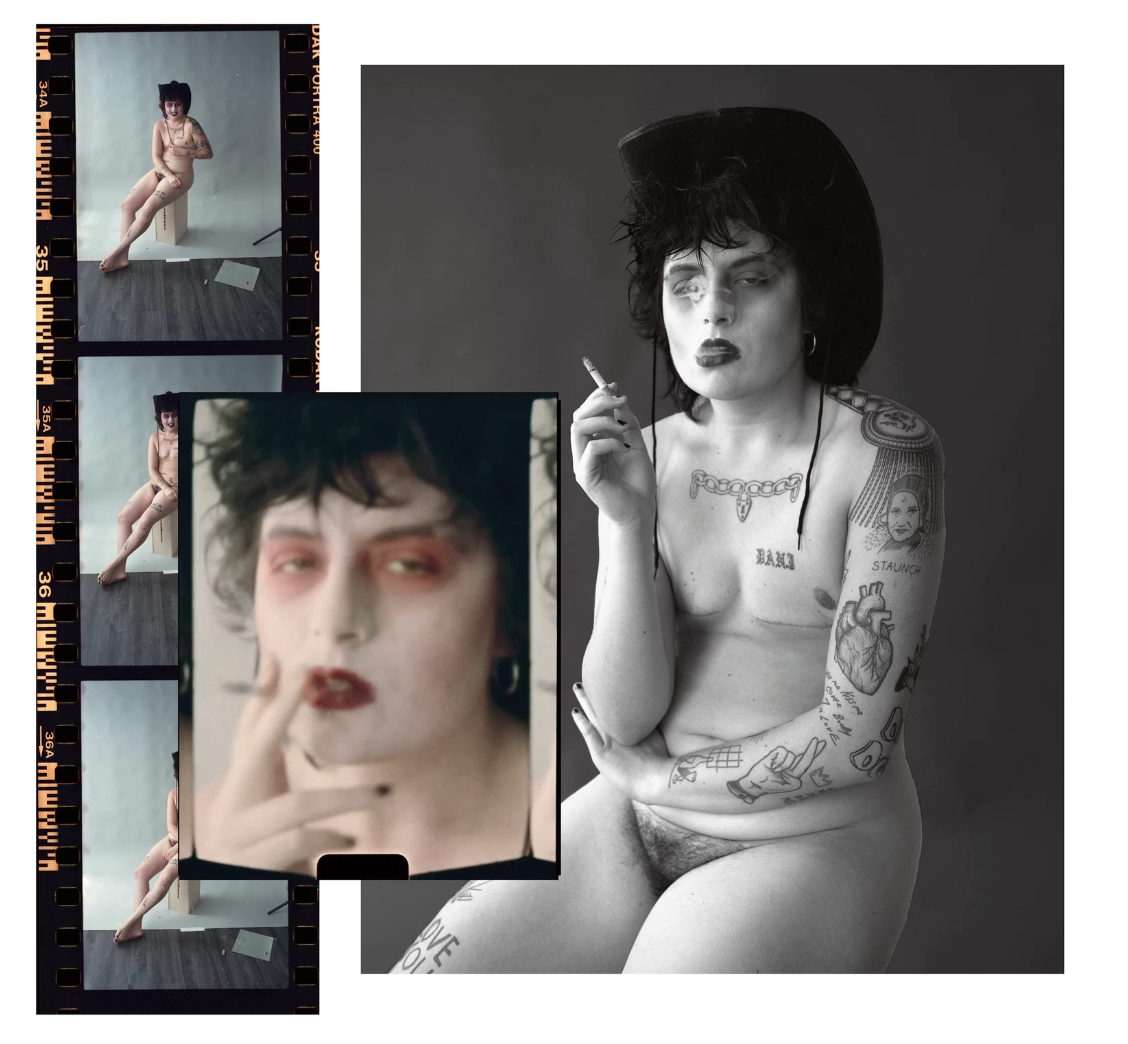
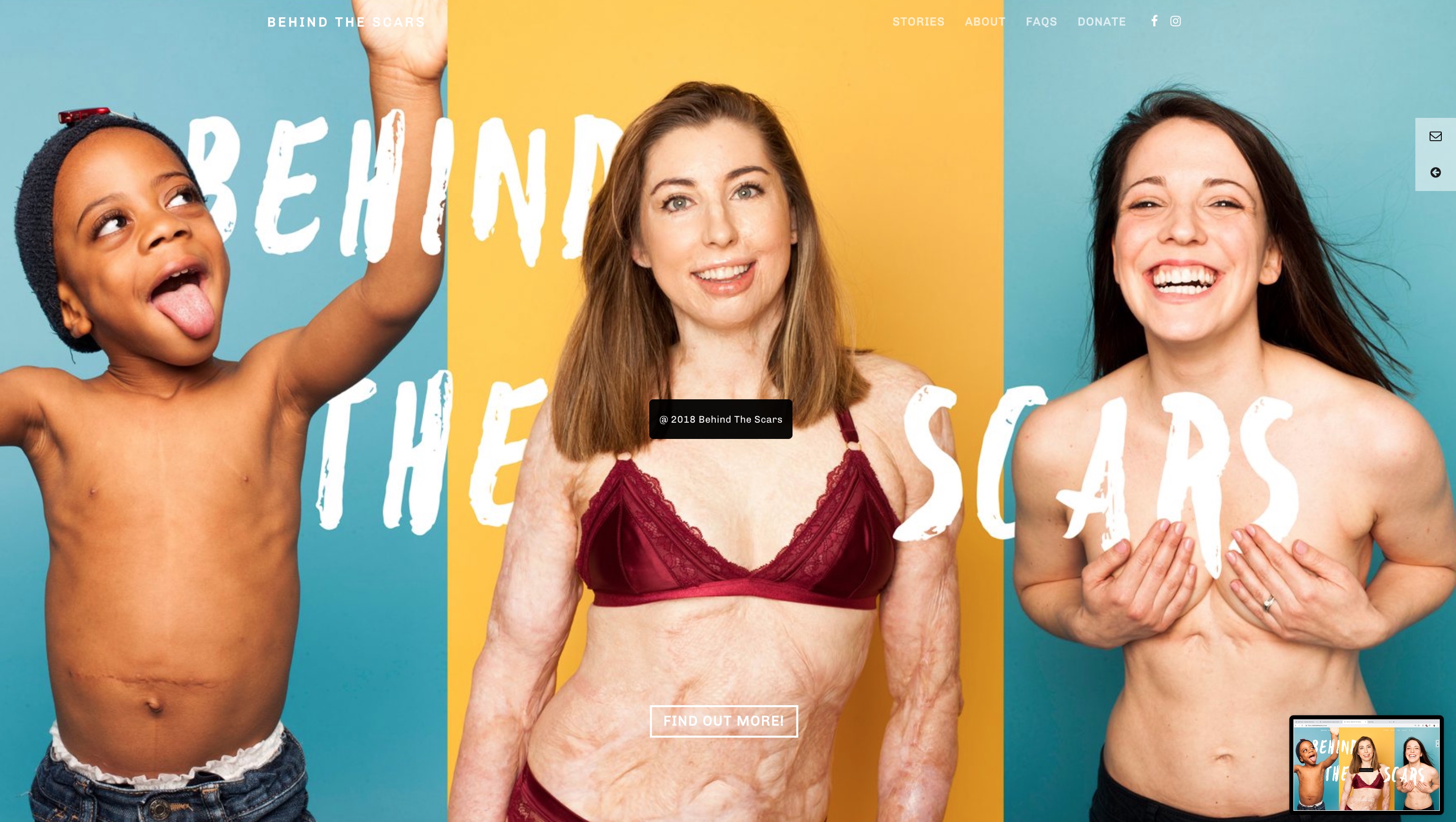

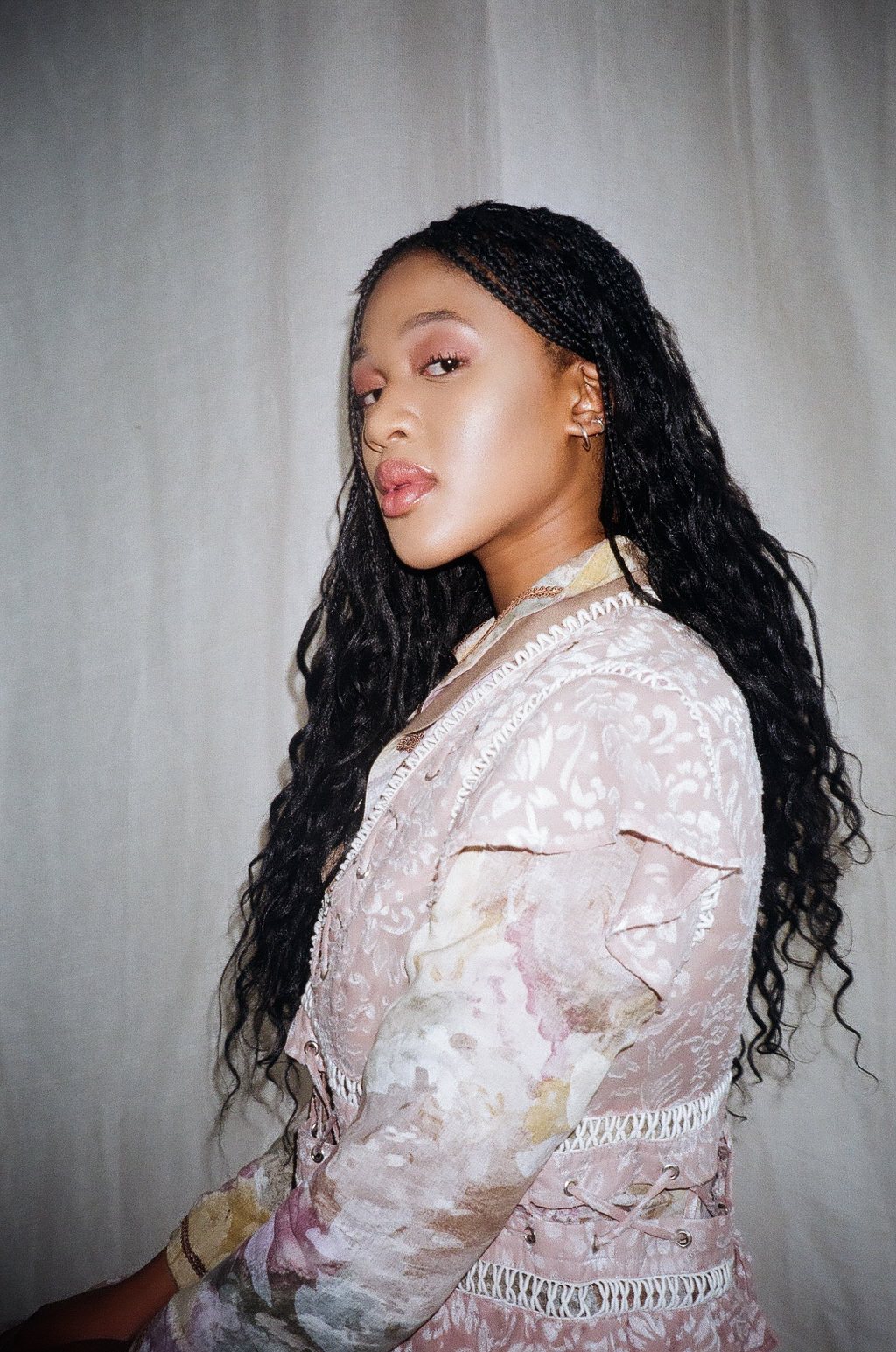 TEE
TEE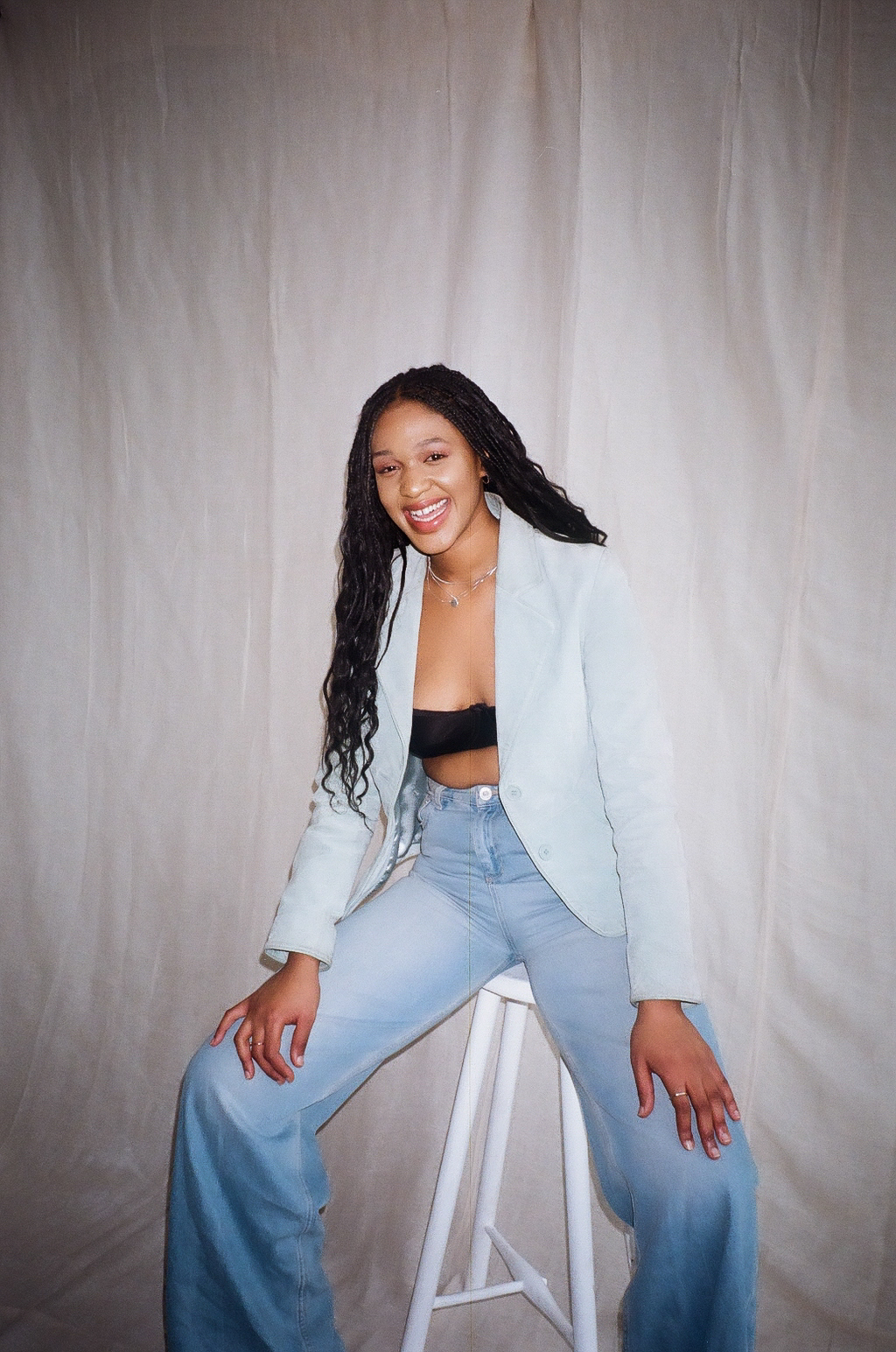
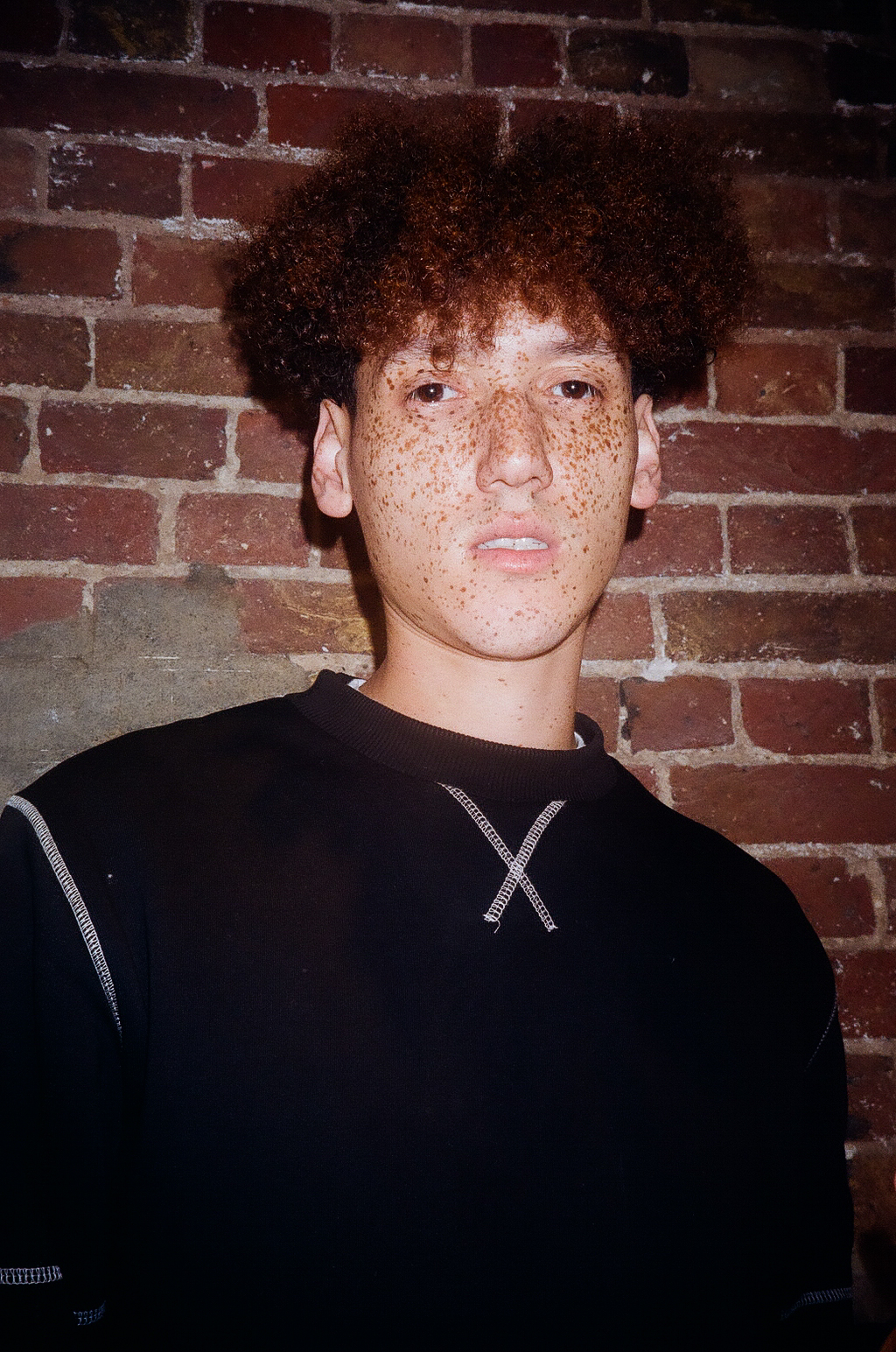 JOEY
JOEY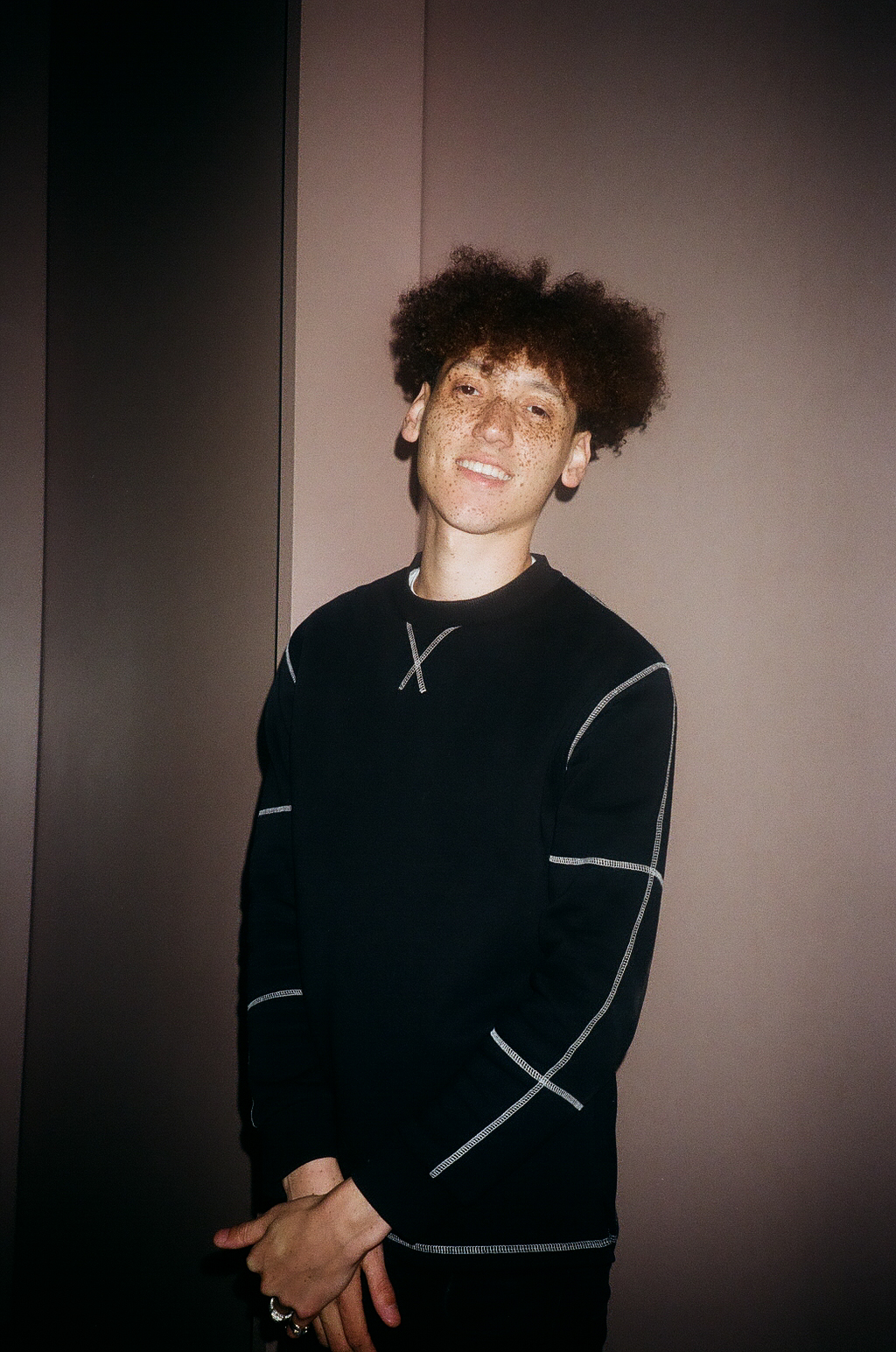
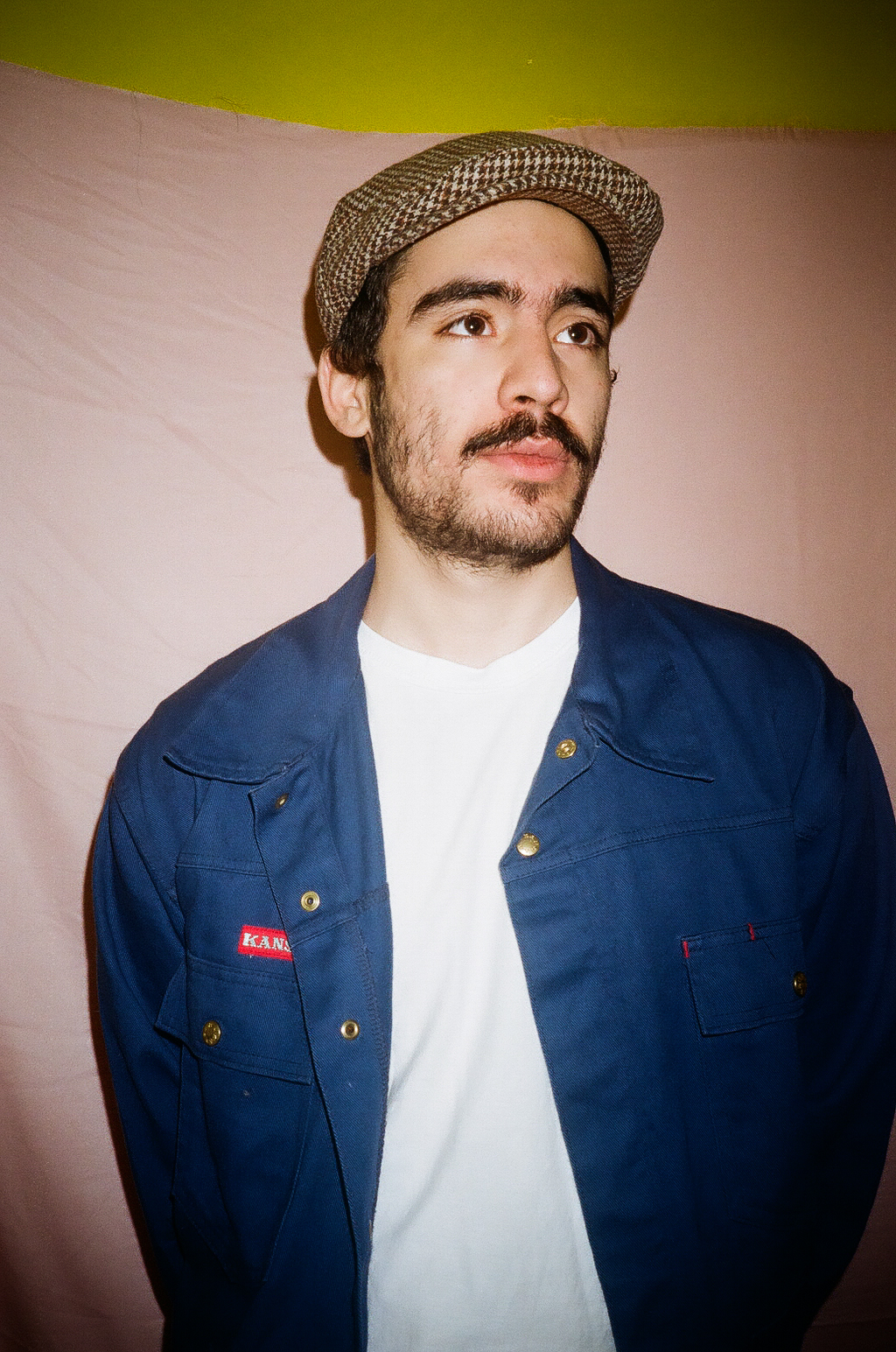 NEJAT
NEJAT